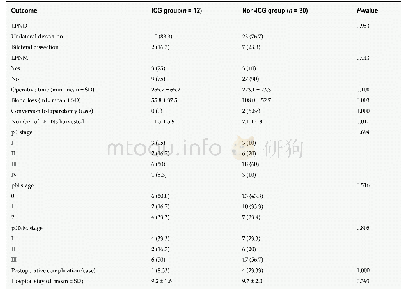《Table 3 Clinical manifestations in different animal models of filovirus infections》
 提示:宽带有限、当前游客访问压缩模式
提示:宽带有限、当前游客访问压缩模式
本系列图表出处文件名:随高清版一同展现
《Animal models for filovirus infections》
NHP:Non-human primates;No*:Wild-type nonadapted viruses.
Animal models are important for the study of filovirus pathogenesis,with the goal of testing the effectiveness of specific antivirals and vaccines.A variety of animal species are susceptible to WT and host-adapted filoviruses,and are thus used to test the efficacy of anti-filovirus products during nonoutbreak situations.The Food and Drug Administration’s“twoanimal rule”states that the efficacy of a candidate product should be tested in“more than one animal species expected to react with a response predictive for humans”(FDA,2017).Therefore,any vaccine or antiviral must demonstrate safety and efficacy in at least two animal models(a smaller animal model in addition to a NHP model)to have any hope of being licensed.The most important aspects of filovirus infection are summarized in Table 3.Parameters such as lymphopenia,liver damage,thrombocytopenia,coagulopathy,cytokine storm,rash,and hemorrhage are the chief hallmarks of filoviral diseases.Due to their advantages in terms of handling,cost,and access,mice and guinea pigs often serve as primary and secondary animal models for preliminary experiments and diverse genetic studies(such as knockout mice);however,as viruses can adapt to hosts and each host cannot recapitulate all hallmarks of filovirus diseases,mice and guinea pigs have limited translatability and predictability to human filoviral disease and thus are mostly used to screen potentially efficacious compounds.Currently,NHPs are the only animal species available that can recapitulate all stated aspects and thus are considered as the gold standard.Ferrets are the newest animal model to gain attention in filovirus research(Cross et al.,2016;Kozak et al.,2016;Kroeker et al.,2017b).In addition to being small,ferrets can accurately recapitulate human filoviral diseases,including coagulopathy.Syrian golden hamsters can also recapitulate disease that closely mimics that in humans and NHPs,including coagulopathy.However,this model suffers from the need for host-adapted viruses and the lack of widespread reagents for studying immune responses.Therefore,ferrets and NHPs are likely the two best animal models at present for the testing of anti-filovirus compounds.
| 图表编号 | XD0016284400 严禁用于非法目的 |
|---|---|
| 绘制时间 | 2018.01.18 |
| 作者 | Vinayakumar Siragam、Gary Wong、Xiang-Guo Qiu |
| 绘制单位 | Special Pathogens Program, Public Health Agency of Canada、Department of Medical Microbiology, University of Manitoba、Special Pathogens Program, Public Health Agency of Canada、Department of Medical Microbiology, University of Manitoba、Shenzhen Key Laborato |
| 更多格式 | 高清、无水印(增值服务) |





